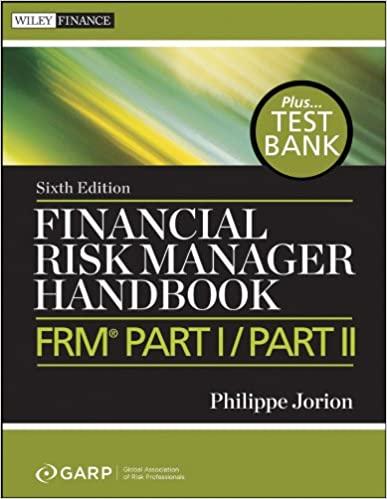



Student instructions: This worksheet is for problem 6-10. This tab contains forecasting assumptions. The next tab contains White & Pinkman Corporation's financial statements and the pro forma forecast (Question 1.). The final tab contains questions 2 a-e, 3, and 4. Review the forecasting assumptions below and then proceed to the next tab to complete the forecast. PROBLEM 6-10 White & Pinkman Corporation Forecasting Assumptions: 20% given Sales growth Cost of Goods Sold Selling & Admin Expenses Cash Marketable Securities Accounts Receivable Inventory Prepaid Expenses Accounts Payable Accrued Expenses These items are projected to remain the same percentage of sales in 2019 as they were in 2018. That is the same as saying that in 2019 the items will grow at the same rate as sales. Depreciation Expense Interest Expense Gross Plant & Equipment Notes Payable Long-Term Debt Common Stock Capital in Excess of Par These items are projected to remain the same value in 2019 as they were in 2018. Tax rate 40% Dividends: pay same dollar amount in 2019 as in 2018 Bad Debt Allowance 17% of accounts receivable Student instructions: This worksheet is for problem 6-10. The problem begins with the forecasting assumptions on the previous tab. This tab contains White and Pinkman's financial statements and the pro forma forecast (Question 1), and Question 2a. Enter formulas in column C to complete the pro forma forecast for the year 2019. For Question 2a, incorporate Additonal Funds Needed (AFN) or Excess Financing into the balance sheet forecast in column D where indicated (Note: You may disregard any additional interest expense associated with the new debt). Finally, proceed to the next tab to answer the remaining items in Question 2. WHITE & PINKMAN CORPORATION Historical and Projected Income Statements Historical 2018 Projected 2019 Sales Cost of goods Sold Gross Profit Selling & Admin. Expenses Depreciation Expense Operating Income (EBIT) Interest Expenses Earnings Before Tax (EBT) Income Tax (40%) Net Income (NI) $10,000,000 $4,000,000 $6,000,000 $800,000 $2.000.000 $3,200,000 $1,350,000 $1,850,000 $740,000 $1.110.000 Common Stock Dividends paid Addition to Retained earings Earnings per Share (1,000,000 shares) $400,000 $710,000 $1.11 WHITE & PINKMAN CORPORATION Historical and Projected Balance Sheets Historical Dec 31, 2018 Projected Dec 31, 2019 Projection with AFN/ Excess Financing Incorporated ASSETS Current Assets: Cash Marketable Securities Accounts Receivable (gross) Less: Allowance for Bad Debts Accounts Receivable (Net) Inventory Prepaid Expenses Total Current Assets Plant and Equipment (gross) Less: Accumulated Depreciation Plant and Equipment (net) TOTAL ASSETS $9,000,000 $8,000,000 $1,200,000 $200,000 $1,000,000 $20,000,000 $1.000.000 $39,000,000 $20,000,000 $9,000,000 $11,000,000 $50.000.000 LIABILITIES AND EQUITY Current Liabilities: Accounts Payable Notes Payable Accrued Expenses Total Current Liabilities L-T Debt (Bonds Payable, 5%, due 2035) Total Liabilities Common Stock (1,000,000 shares, $1 par) Capital in Excess of Par Retained Eamnings Total Equity TOTAL LIABILITIES AND EQUITY $12,000,000 $5,000,000 $3,000,000 $20,000,000 $20,000,000 $40,000,000 $1,000,000 $4,000,000 $5,000,000 $10,000,000 $50.000.000 Incorporate as new Long-term Debt Question 2a. Excess Financing (Additional Funds Needed): Student instructions: This worksheet is for problem 6-10. The problem begins with the forecasting assumptions on the first tab and continues with the forecast itself on the second tab. This tab contains Questions 2b through e, and Questions 3 and 4. For Question 2, enter formulas in columns B and C to calculate the ratios indicated. For Questions 3 and 4, click on the text boxes to enter comments and recommendations. Question 2. Ratios: 2018 2019 b. Current Ratio c. Total Asset Turnover Inventory Turnover d. Total Debt to Assets e. Net Profit Margin Return on Assets Return on Equity Question 3. Comments: Comments on liquidity, asset productivity, debt management, and profitability Question 4. Recommendations: Recommendations










